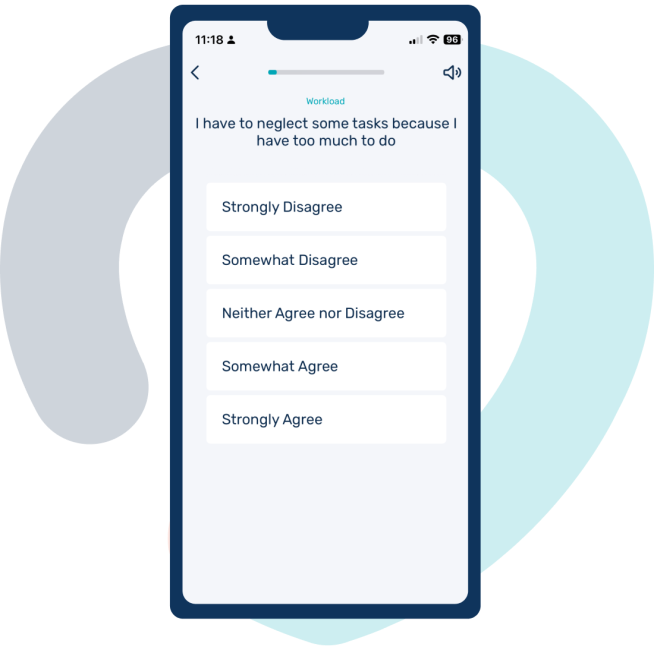4 Keys to a Successful Psychosocial Risk Management Journey…

Featured

3 Things Organisations Can Learn from High Performance Sport

How to Defuse Management's Biggest Psychosocial Risk Management Fear
Welcome to Mibo's Revolutionary Harm-Benefit Indicator
Beginning or improving the psychosocial risk management journey can seem overwhelming. Exploring the psychosocial environment can be daunting. Gaining leadership commitment and internal stakeholder agreement can be challenging. Here’s 4 keys to beginning or improving your organisation’s psychosocial risk management approach…
1. Reflect on your aims
Factors like your company size, structure, and psychosocial risk maturity level will influence your psychosocial risk management aims. Here’s some key reflections to consider:
- Are we beginning our journey and looking to better understand our organisation’s psychosocial strengths, weaknesses, and risk priorities?
- Are we looking to achieve psychosocial risk compliance as simply and conveniently as possible?
- Are we looking to go beyond compliance and build a healthier and more supportive psychosocial work environment for all employees?
- Are we looking to integrate various areas such as psychosocial risk compliance, mental health support, respect at work, and employee well-being?
- Are we looking to better understand how our current well-being approach is influencing staff psychosocial health?
2. Get Key Leadership Buy-In
Another key to successful psychosocial risk management is achieving leadership buy-in. A common stumbling block, particularly in medium and large businesses occurs when those who are needed to drive the approach forward, or those who have the power to slow the approach, are not on board. If you’re not part of the executive, communicate with leaders regarding possibilities and plans as early as possible where possible so they can share their insights and concerns. This also helps foster a sense of ownership and commitment to the process.
3. Identify Relevant Internal Data Sources
It’s very likely you’ve already been doing some great work in the psychosocial risk management space. It’s therefore important to identify relevant internal data sources via a Desktop Review. Important data sources include: Existing policies and procedures, Absenteeism, Turnover, Workers Compensation, and Workloads. It’s also important to record any current measures that have been designed to improve staff psychosocial health.
By reviewing key data and current control measures, you can gain insight into patterns and gaps in your current approach, allowing you to build on what works and address what doesn’t. It also helps set the foundations for achieving a clearer picture of the current psychosocial climate in your organization.
4. Complete a Quantitative Assessment
Finally, to assess the effectiveness of current control measures, establish a baseline for potential ongoing measurement, and provide a efficient foundation for staff consultation, a valid and reliable quantitative risk assessment is advisable.
If you’d like to chat with us about your aims and how our technology can support you in your psychosocial risk management journey schedule a call today 🙂





